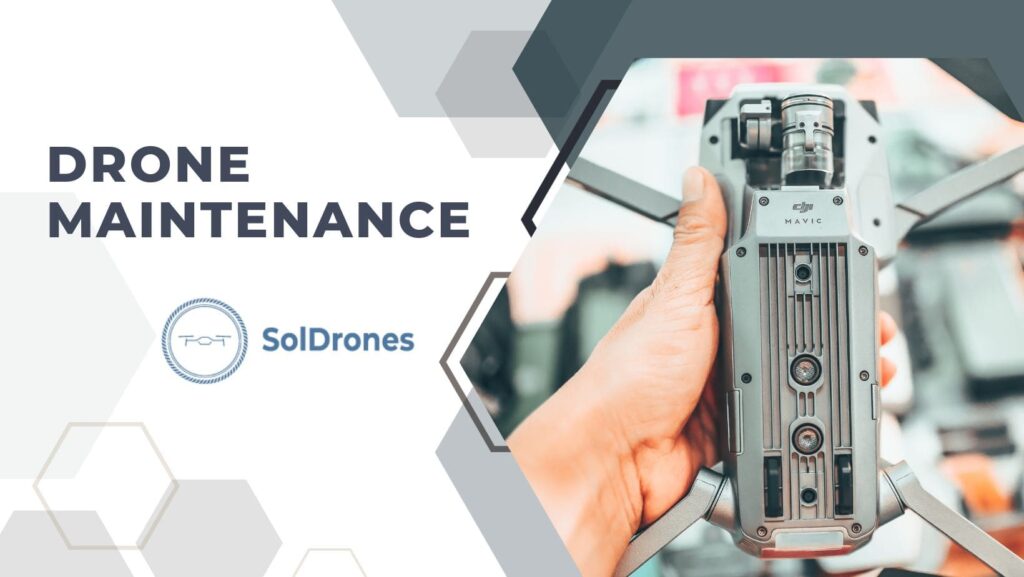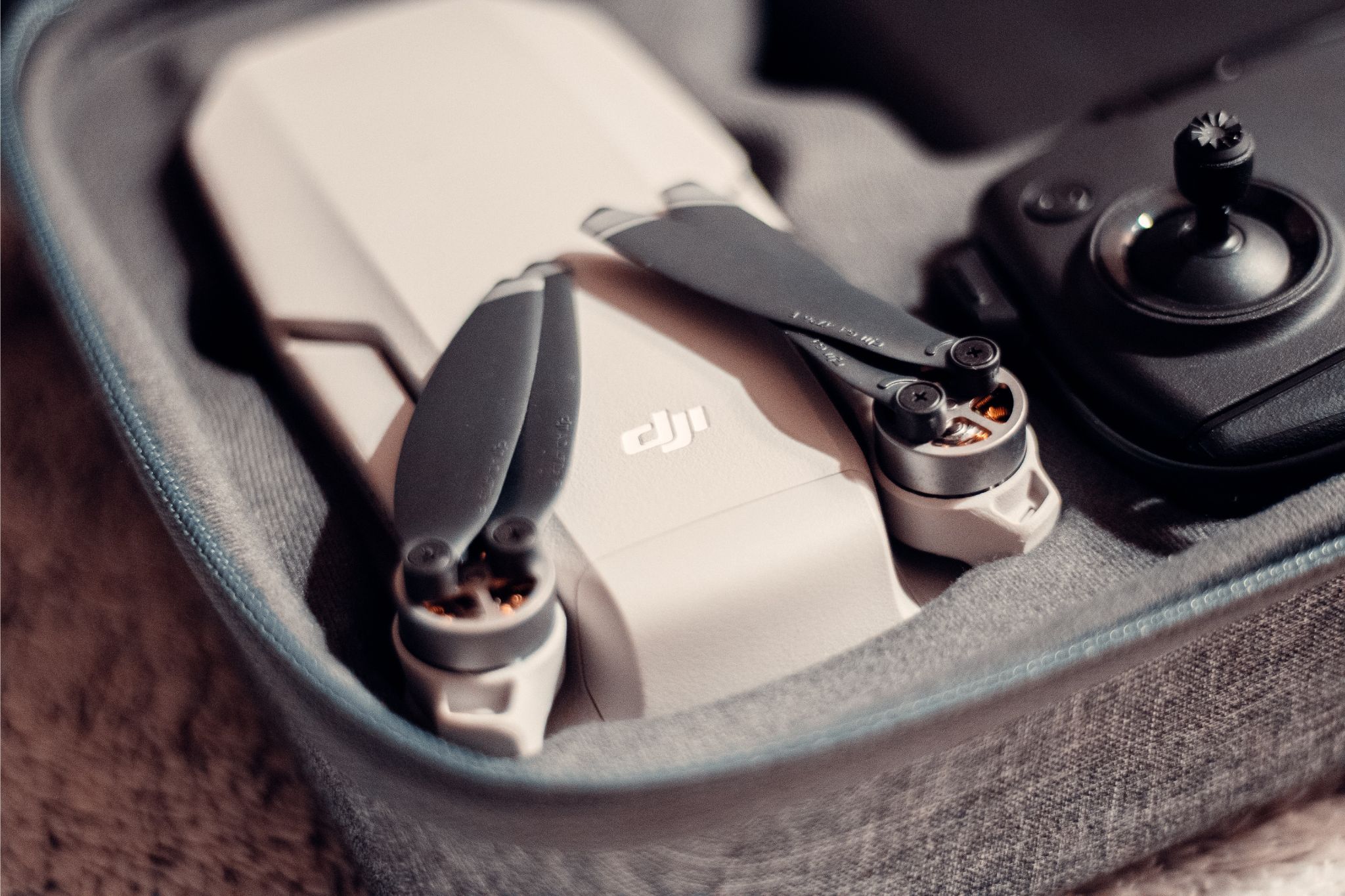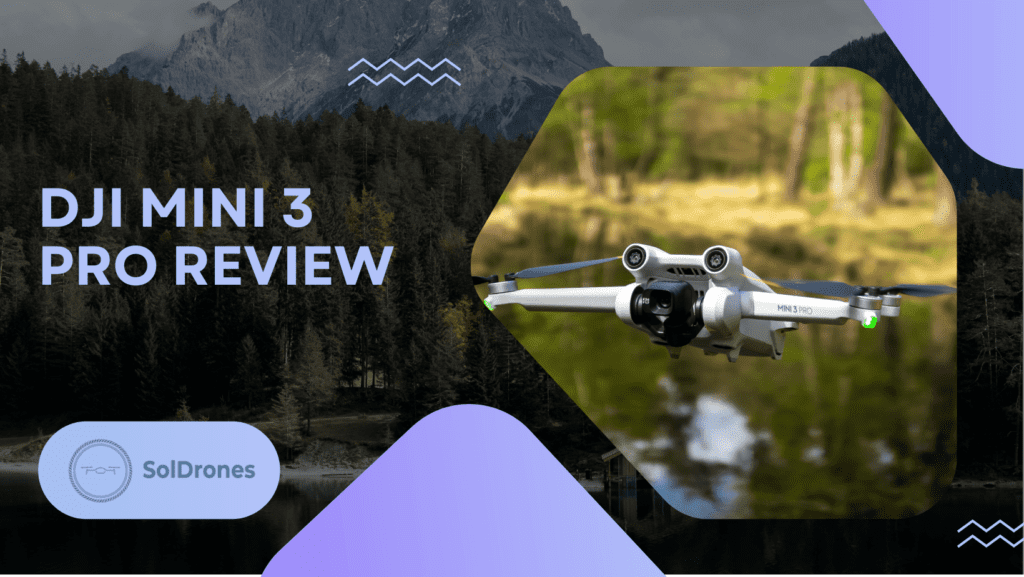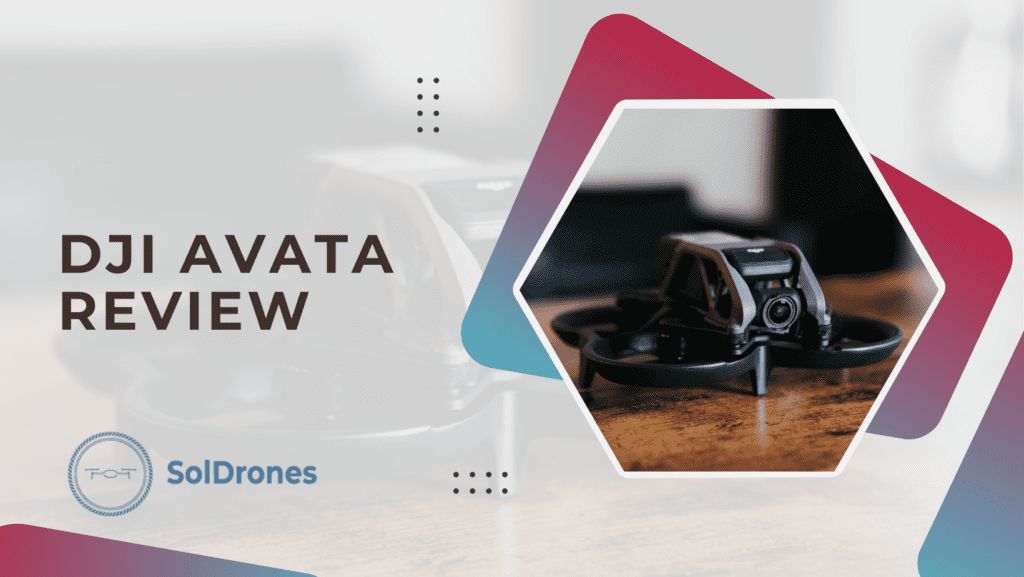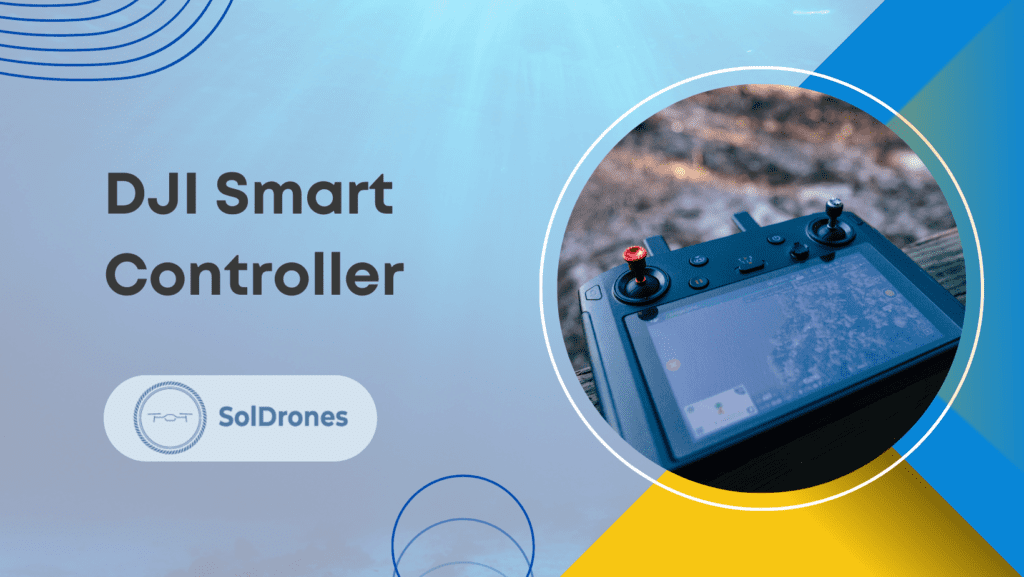Curious about how to extend your own drone model’s lifespan and enhance its performance?
Drone maintenance encompasses examining, servicing, and updating proprietary software and drone components to secure optimal functionality and safety.
Regular maintenance isn’t just about longevity; it’s about ensuring peak performance safety and preventing unexpected malfunctions.
This guide unfolds essential steps, from pre-flight checks to periodic tasks and advanced care techniques, setting your drone for success.
Article Highlights
- Mastering drone maintenance boosts UAV longevity and optimal functioning.
- Regular checkups prevent sudden malfunctions, ensuring smoother operations.
- Proper care and updates comply with safety standards and enhance user experience.
Routine Drone Maintenance Services and Repair
Drone Maintenance and Repair are crucial to maintaining drones’ longevity and optimal performance. Regular checkups can identify and rectify the smallest crack or issue, preventing significant operational failures.
Regular maintenance isn't just about longevity; it's about ensuring peak performance safety and preventing unexpected malfunctions.
Each drone unit requires meticulous attention to ensure every part is in working order, which is especially crucial for larger fleets managed by operations managers.
Maintenance services ensure early detection of potential issues, reducing unexpected downtime and ensuring reliability. For hobbyists or professionals, maintaining a regular maintenance schedule is essential for a seamless drone flying experience.
Rise Above Custom Drones & Robotics created this quick video with helpful tips for maintaining your drone to improve it’s longevity:
Video Credit: Rise Above Custom Drones & Robotics
Why Routine Drone Maintenance Matters
Maintaining a drone isn’t just about keeping it clean; it’s about ensuring its longevity, functionality, and safety. In the following section, we’ll explore the significance of routine drone maintenance and the multifaceted benefits it brings to UAV operations.
Enhanced UAV Systems Longevity
Routine maintenance services are crucial for every drone model to prolong its life and maintain optimal functionality. Regular checkups ensure that all components are in prime condition, ready for the next flight, and can significantly delay the obsolescence of the UAV systems.
Optimal Control Station Interface
Maintenance is imperative for seamless interaction between the mobile drone unit and the ground control station. A well-maintained control station interface ensures accurate data transmission and responsive control, which is essential for drones’ safe and efficient operation.
Proactive Problem Identification
Built-in mechanisms and visual inspections allow identifying and resolving potential issues before they escalate. Drones require regular maintenance checks to perform maintenance proactively, preventing unexpected malfunctions and keeping operational failures to a minimum.
Operational Readiness
Regular and meticulous maintenance puts every drone a step ahead in operational readiness. Routine maintenance check-ups ensure the drones are always ready to deploy, minimize downtime, and maintain operational efficiency.
Drone Pre-flight Checklist
Before taking to the skies, it’s imperative to ensure that your drone is in optimal condition for a safe and efficient flight. The following pre-flight checklist provides a comprehensive guide to the essential steps every drone pilot should undertake to guarantee a successful mission.
- Perform Maintenance Services: Before each flight, ensure that you perform maintenance services on all essential components to prevent any unforeseen malfunctions that could lead to fatal loss.
- Inspect Landing Gear Condition: A thorough check of the landing gear condition is essential to identify any small crack or damage that could impair the drone’s ability to land safely, a crucial point, especially in environments with challenging environmental factors.
- Verify System Firmware: Always confirm that the system firmware and control applications are updated to the latest versions pre-flight, ensuring optimal functionality and response during flight operations.
- Assess Motor Chamber and Additional Component Batteries: A meticulous inspection of the motor chamber and additional component batteries is vital. Check for any signs of damage, debris, or wear and tear to avoid power failures during flight.
- Environmental and Other Considerations: Evaluate the drone’s surroundings, considering any other environmental factors that could affect the flight, such as weather conditions and potential obstacles.
- Docking Station Inspection: Ensure the docking station is clear of any obstructions or debris and that all connections are secure, enabling smooth launch and retrieval of the drone fleet.
- Clean with Microfiber Cloth: Use a microfiber cloth to clean any insect splatter, dirt, or smudges from the camera lens and body, maintaining clear visuals and accurate data capture during flight.
- Check Propellers for Damage and Frayed Points: Before takeoff, carefully check propellers for any signs of damage, frayed points, or wear that could impact the flight stability and overall performance of the drone.
Periodic Maintenance Check: Wiring and Solder Joints
Inspection of Internal Wiring and Component
Regularly inspect the internal components and wiring of the drone model for any loose connections or exposed wiring, ensuring they are in optimal condition to prevent malfunctions during operations. Use the unit’s manual and unit-specific software to guide proper maintenance procedures.
Check the Motor Propeller Module
The motor propeller module should be examined for any signs of wear or broken parts. Refer to the unit’s manual for any model-specific checks and necessary repairs to maintain the module’s integrity.
Evaluate Controller Batteries and Battery Packs
It’s crucial to assess the status of the controller batteries, drone batteries, and additional battery packs on a per-flight basis, replacing any damaged batteries and ensuring that all are charged and functioning properly.
Address Environmental Factors
Environmental factors can significantly impact the drone’s functionality. Periodic checks should consider these factors, especially regarding the rubber shock absorbers and any parts exposed to external conditions.
Ensure Proper Connections and Antennae Fitting
Confirm that there are no loose screws, wires are not connected incorrectly, and that antennae are not improperly fitted. This direct access inspection is pivotal in averting connection failures during flights.
Clean and Remove Tougher Stains
Use an air duster and suitable cleaning agents to remove tougher stains, dirt, and any residual debris from the drone chassis and internal compartments, maintaining the cleanliness and functionality of the drone.
Refer to Custom Software for Specific Checks
Utilizing custom software and consulting the drone model’s specific manual can provide more directed and precise maintenance checks and solutions, addressing the needs of affected packs and ensuring the seamless operation of every component.
Post Flight Checklist and Advanced Maintenance Tips
After a successful flight, the work isn’t over; it’s crucial to ensure your drone is ready for its next mission. The post-flight checklist and advanced maintenance tips below provide a structured approach to preserving the drone’s integrity and ensuring its longevity for future operations.
- Inspect Battery Pack and Chassis: After each flight, inspecting the battery pack and chassis is critical. Inspect the active packs for irregularities and ensure the chassis is clean and intact. This is vital, especially for those managing a large fleet, to maintain each unit in top condition.
- Check Motors and Propellers: Perform a routine check on the motors to ensure they are free-spinning and functioning within their full range. Assess propellers for any signs of damage or wear, as propeller damage can lead to significant operational issues.
- Verify Wiring and Antennae Fitting: Post-flight is the ideal time to confirm that no wires are connected incorrectly and that all antennae are properly fitted. This routine check mitigates the risk of any malfunction during the next flight due to improperly fitted antennae or wiring issues.
- Cleaning and Cable Check: Clean the chassis thoroughly to remove any debris accumulated during the flight and inspect all cables, replacing any not similar to the original specifications to ensure the drone remains in optimal condition for subsequent flights.
Storage and Care
It is crucial to clean chassis meticulously before storing drones, especially for those managing a larger fleet. Removing all debris and ensuring a clean chassis can significantly mitigate the risk of damage during storage and maintain the drone’s longevity.
Inspection and Cable Check
A thorough inspection of the chassis is vital before storing any drone. Double-check all cables and connections, ensuring no wires are connected incorrectly and replacing any cables not similar to the original specifications to avoid potential issues when the drone is next in use.
Maintenance during Storage
While in storage, drones require regular maintenance checks to ensure operational readiness. This includes keeping them secure, avoiding damp or excessively cold or hot areas, and periodically checking for emerging issues.
Optimal Storage for Larger Fleet
Managing a larger fleet requires streamlined and optimal storage solutions. Proper storage safeguards drones from unnecessary wear and tear, ensuring they are in prime condition and ready for deployment when needed.
Final Thoughts
Maintaining drones is pivotal for ensuring their longevity and optimal performance. From meticulous pre-flight checkups to regular maintenance services and precise storage solutions, each step is crucial in preventing unforeseen complications and costly repairs. Whether managing a larger fleet or a single unit, adherence to recommended care practices is the linchpin for deriving maximum utility from these advanced technological units. In conclusion, a well-maintained drone is not just about compliance and longevity; it’s about securing the reliability and efficacy of every flight.
FAQs
Why is routine maintenance important for drones?
Routine maintenance is crucial as it helps identify and rectify potential issues early, preventing unexpected malfunctions and extending the lifespan of the drone. It ensures optimal performance, smooth flights, precise controls, and high-quality data or media capture.
How often should I perform maintenance on my drone?
The frequency of maintenance depends on usage, but it is advisable to conduct a pre-flight check before every flight and a thorough inspection after every few flights or if a problem is suspected. Regular software updates and calibrations are also crucial.
Can I perform maintenance tasks myself, or do I need professional help?
Many routine maintenance tasks, such as visual inspections and cleaning, can be performed by the drone owner by following the unit’s manual. However, more complex tasks or repairs may require professional maintenance services, especially when dealing with internal components or software updates.
How do environmental factors affect drones?
Environmental factors like temperature, humidity, and dust can impact the performance and lifespan of the drone and its components. Regular inspections and proper storage can help mitigate the adverse effects of environmental conditions.
What are the signs that my drone needs maintenance?
Signs that your drone may need maintenance include poor flight performance, unresponsive controls, unusual noises, reduced flight time, and visible damage to the drone body or components. Regular checkups can help in early identification of such issues.
What is the role of firmware and software updates in drone maintenance?
Keeping firmware and software updated is essential for ensuring that the drone operates efficiently and is compatible with all connected devices and applications. Updates often include fixes for bugs and enhancements that improve the functionality and security of the drone and its components.
Can poor maintenance affect the legal compliance of drones?
Yes, improper maintenance can lead to non-compliance with legal and safety standards, resulting in accidents and legal violations. Adherence to maintenance protocols is crucial for operating drones within prescribed safety parameters and legal norms.
How do I maintain my drone’s battery?
Drone batteries should be stored properly, kept clean, and checked regularly for signs of damage, swelling, or depleted life. Replacing affected packs promptly is essential and ensuring they are charged appropriately before each flight. Following the manufacturer’s guidelines for battery care is also crucial.

